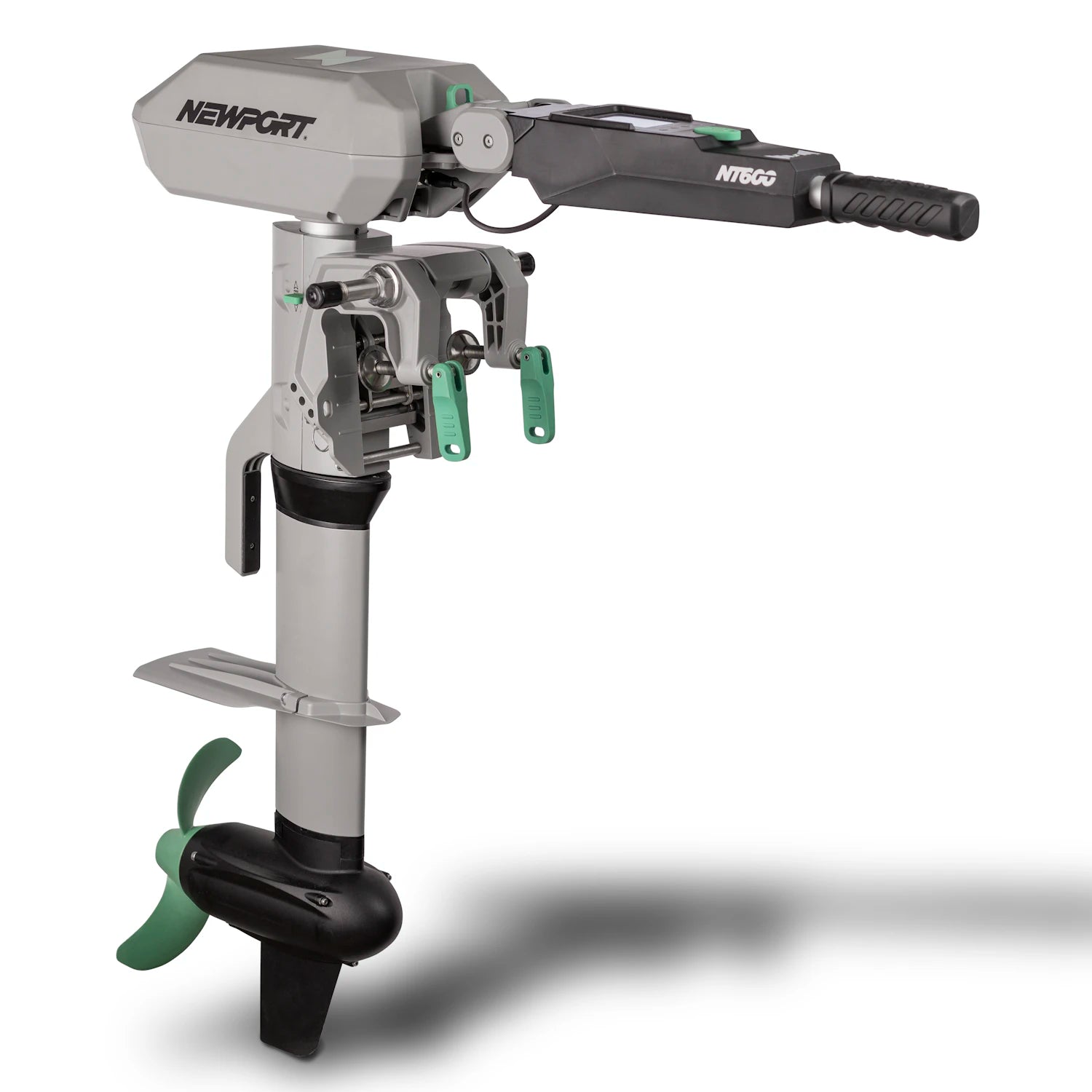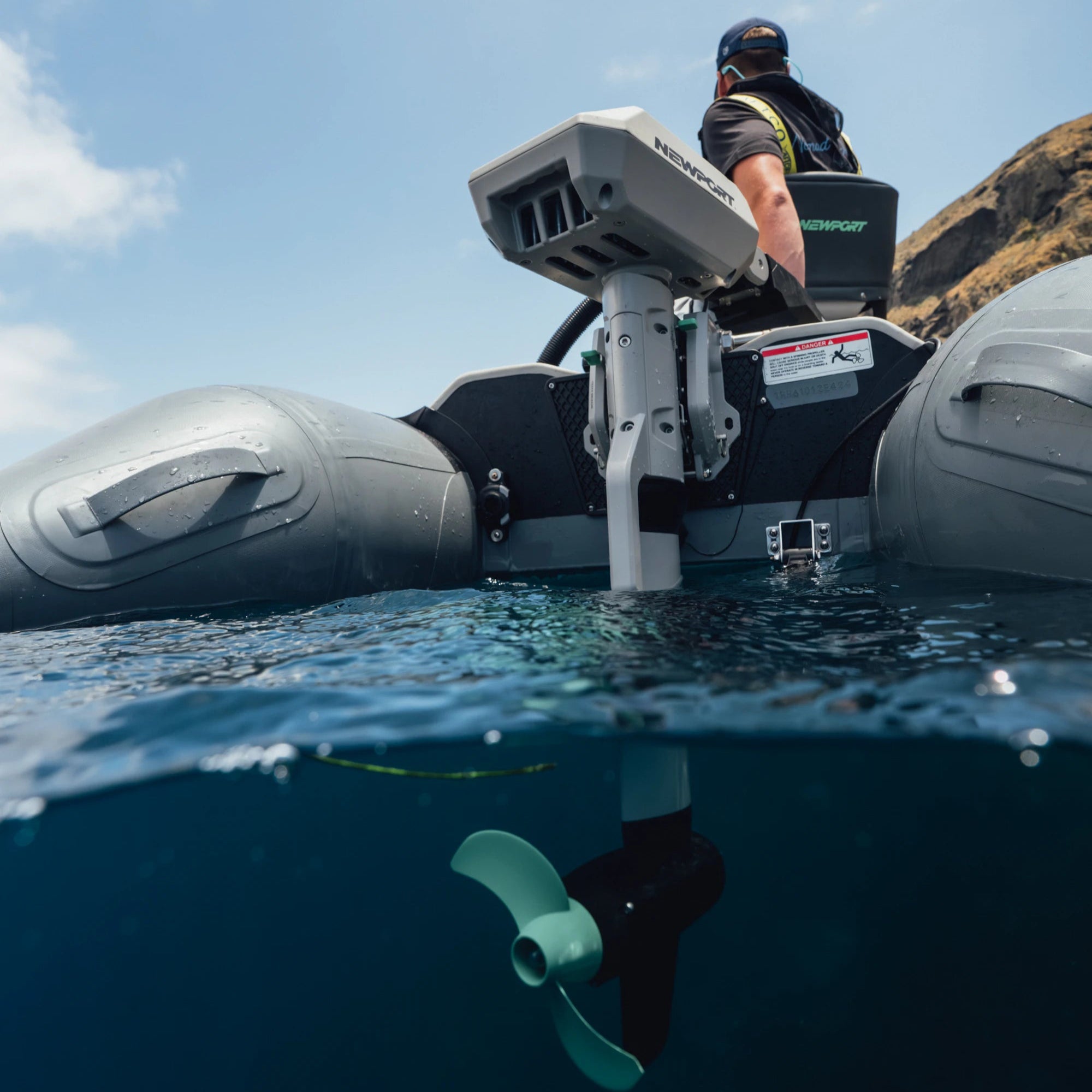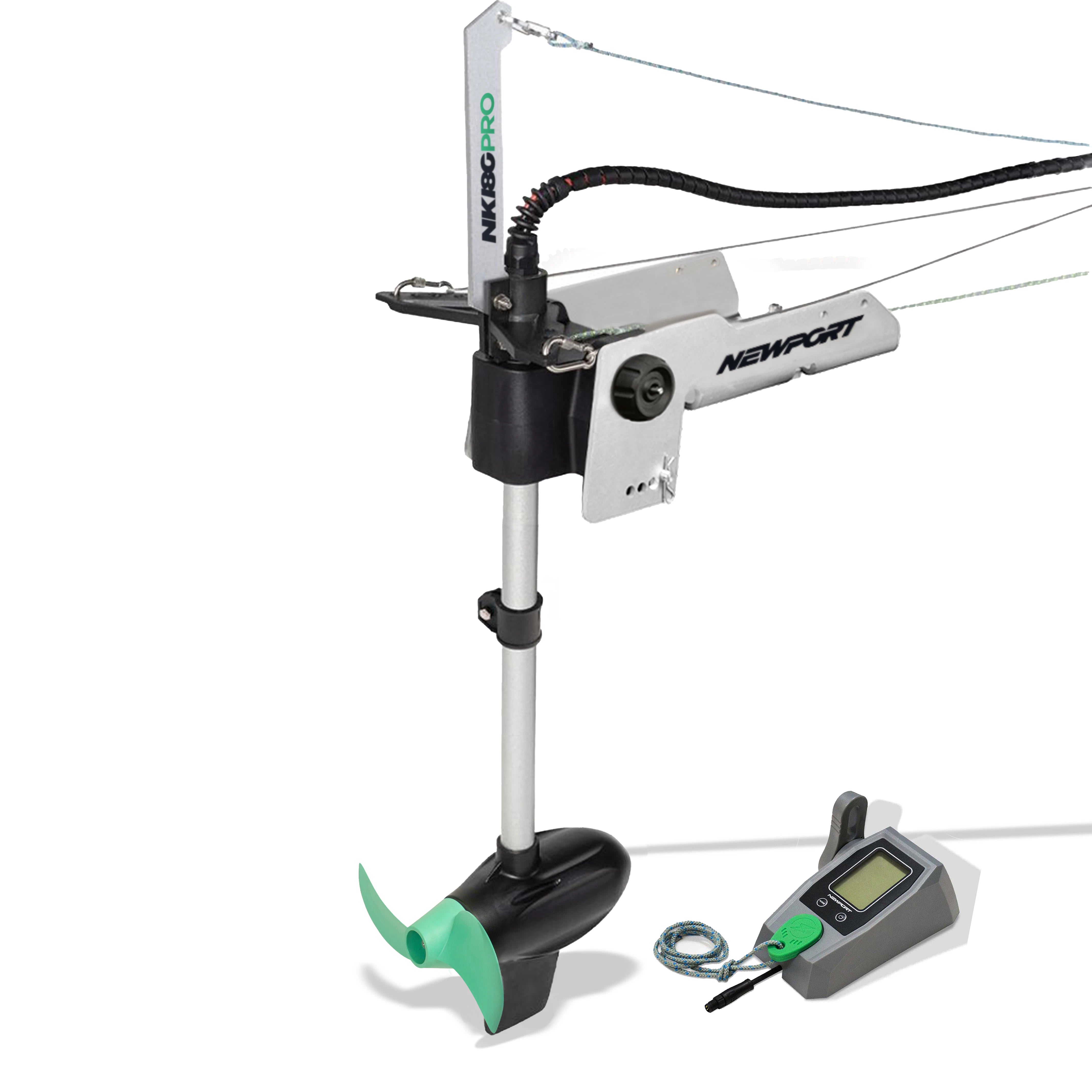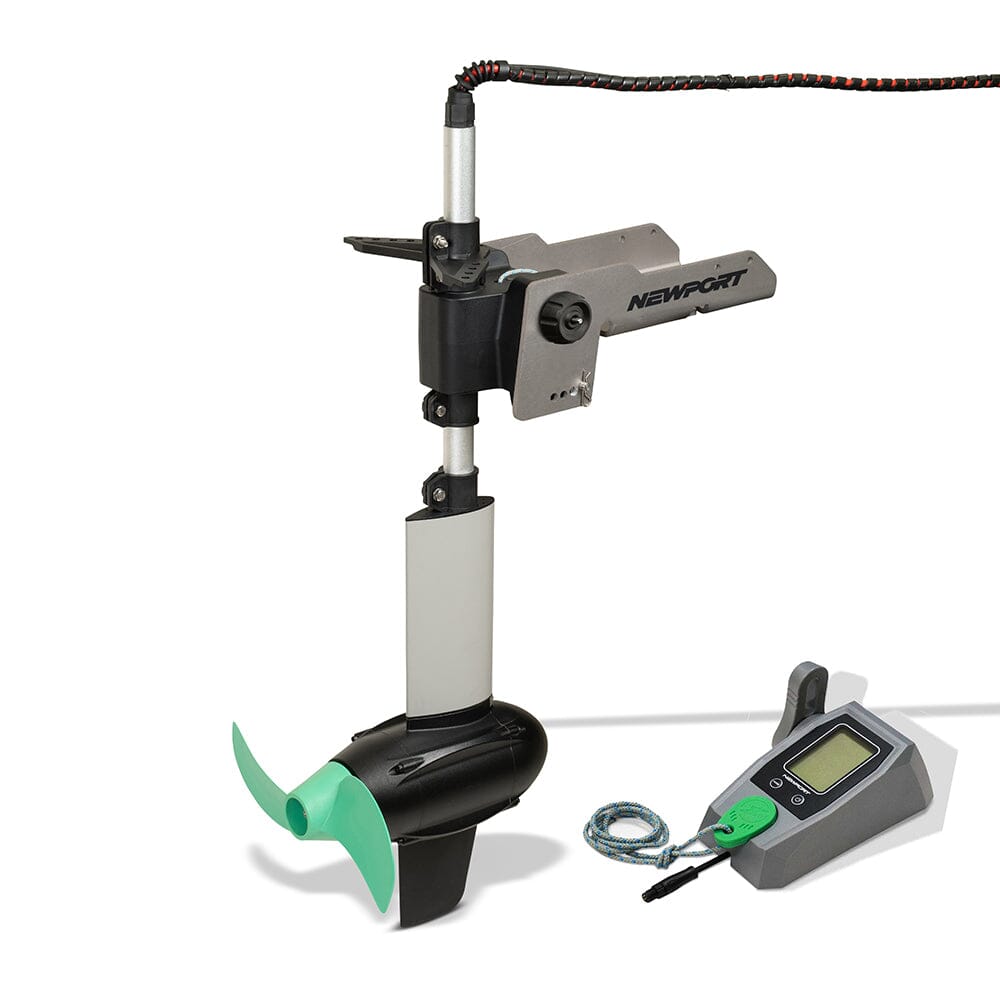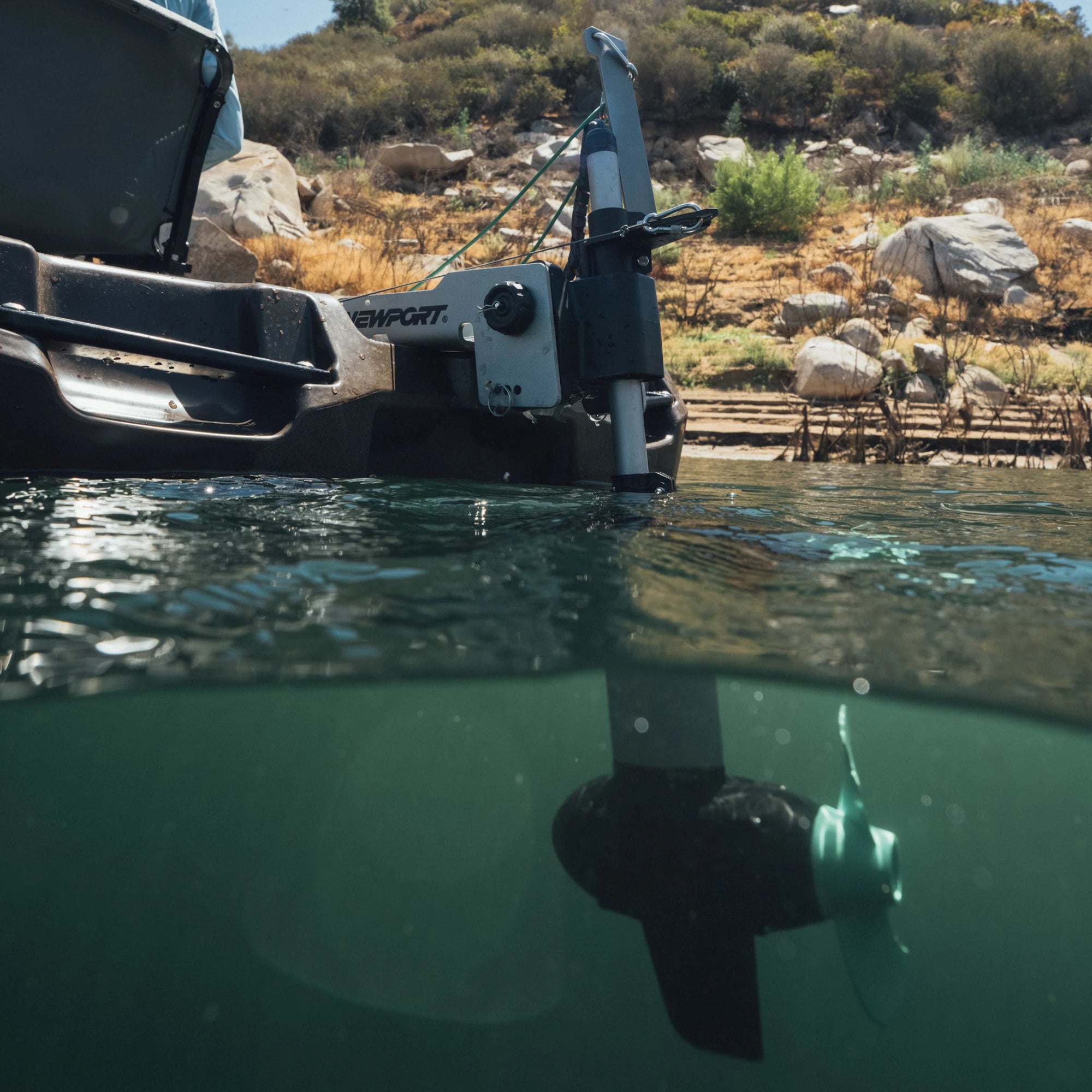The Ultimate Maintenance Schedule For Electric Outboard & Trolling Motors
Owning and operating Newport electric outboard motors and trolling motors enhances your boating experience, whether you’re fishing, cruising, or simply enjoying time on the water. To ensure that your equipment remains in top condition and delivers reliable, consistent power, it’s crucial to follow to a regular maintenance schedule. This guide covers the essential maintenance tasks to keep your motor reliably and quietly propelling your fishing adventures.
Newport Electric Outboard Motors and Trolling Motors Maintenance Schedule
Monthly Tasks

-
Inspecting and Servicing Your Propeller and Propeller Shaft
- Why: Ensuring your propeller and shaft are in good condition prevents performance issues and potential damage.
- How: Remove the propeller and inspect for fishing line or other debris. Check the propeller for dings, cracks, or bends. Lubricate the propeller shaft and replace the propeller if damaged. Furthermore, check your propeller alignment pin and make sure it’s not bent.

-
Applying Anticorrosive Treatments and/or Lubricants to Metal Parts
- Why: Protecting metal parts from corrosion and ensuring they are properly lubricated prevents wear and extends the life of your motor. A small dab of marine grease or anti-corrosive spray goes a long way.
- How: Use a marine-grade anticorrosive spray/grease on all exposed metal parts. Apply lubricant to moving parts as per the manufacturer's recommendations, and actuate the parts to spread the formula evenly.
Quarterly Tasks
-
Checking Electrical Terminals and Applying Anti-Corrosive Treatment
- Why: Ensures reliable electrical connections and prevents corrosion that can lead to electrical failures.
- How: Disconnect and clean the terminals with a wire brush. Apply an anti-corrosive spray after cleaning.

-
Actuating the Throttle and Other Moving Parts
- Why: Regular use and maintenance of moving parts ensure they remain functional and responsive.
- How: Operate the throttle and other moving parts to check for smoothness and responsiveness. Lubricate as necessary per manufacturer's recommendations to maintain easy operation. Using bio-based lubricants are usually safe on plastic and o-rings.
-
Servicing the Threads on Your Transom Clamps to Prevent Ceasing
- Why: Prevents the clamps from becoming difficult to adjust or stuck, which can complicate mounting and removal.
- How: Clean the threads on the transom clamps and apply a marine-grade lubricant to ensure they turn freely and do not seize.
Conclusion
By following this maintenance schedule for your Newport electric motors, you can ensure optimal performance, extend the life of your equipment, and enjoy a trouble-free boating experience. Regular maintenance not only keeps your gear in top condition but also enhances safety and reliability on the water.

